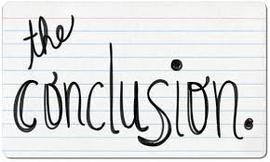
Last month he hired me to write a follow-up to that.
Yes, Neil Patel hires writers to write under his name. He's said as much here and here.
The reason you’re reading the post here and not on one of his sites is because he decided to stop email communication with me, or at least his staff did.
After two weeks of that I sent an invoice, hoping to get paid for the work I’d done. I was paid, though not a single email came with that.
Yep, I’m not worth shit to Neil Patel or his staff.
So you can read the post he commissioned here. After all, he never paid for this one or communicated with me after I sent the draft.
His loss is your gain.
It’s been 5 months now since you saw “Patel’s advice,” and if you followed that advice you’ve noticed the results.
What might get you more results is writing stronger conclusions. More than that, however, you’ll write conclusions that immediately spark discussion.
The benefits of this are many:
- Comments appear on your posts quickly, and not just the “great post” variety.
- Readers become engaged, not only commenting but sharing the post on social media so their friends can read and comment too.
Because of this social engagement, your posts float higher on the networks’ radar and you get a whole new level of engagement.
All of this drives up your traffic for that post, and your site in general. On top of it you’re exposing a whole new audience to your brand and message.
Those are all things that will happen when you write strong conclusions that encourage discussions.
So how can you go about doing that right now, with the post that you’re currently working on?
I’ve put together these 7 ways you can get those conclusions working better, and this is what they are.
#1 Keep your final sentence short
I love short sentences. They’re easily understood. They get the point across. They make the sale.
Sadly, too many writers can’t cut down their words. Long, garbled sentences crop up. Readers become distracted. They click away or close the window entirely.
The thing is – readers don’t want to work. They want you to tell them what the answer is. Your conclusion should do that.
#2 Say something off-the-wall
Introductions are all about creating hooks and pulling readers in. Why can’t your conclusion do that too?
Conclusions can do that, and if yours are you’ll get more comments. The trick is saying something unusual, throwing people for a curve.
Now, remember – you’re not making something up or coming from left field here. Your article should have already laid the groundwork for what your conclusion will be.
It’s time to reassemble all the pieces, all the talking points, and put them together so they make sense.
#3 Don’t Rehash
Your conclusion is a great place to remind readers of what you just talked about. Please, though - don’t tell it all to me again.
Too many times we see conclusions that are nothing more than the post we just read...just a lot shorter. I can’t help but think this was the original outline, one the author decided to just copy/paste because they were tired of writing.
Does that mean you shouldn’t rehash at all? No, I think you need to do some, and 3 bullet points is often enough.
Remember, today many people just scan articles and don’t read. Another thing they do is jump right down to the conclusion - if it’s clearly titled - and read that.
I do this a lot when I see an article I know I won’t analyze but will share on social media. The conclusion usually makes it clear if there’s anything useful there or not.
Consider that when you’re on at the rehash stage.
#4 Do a short recap
Don’t rehash, recap.
We know that today’s articles should be longer so that they do better in the rankings.
That’s great as far as Google is concerned, but how about readers? Most like it, but to be completely honest, sometimes I forget everything I read in those monster articles.
That’s why conclusions are a great way to recap what you just spent 1,000 or 1,500 or more words talking about.
People tend to forget…if they read all that to begin with. Many will just scan the title and subheadings before landing on the conclusion.
These readers are expecting a recap of those 1,000 or more words, and you’d better have it for them.
Don’t worry – a paragraph is more than enough. Actually just a sentence for each point is good, if even that.
One of the easiest ways is to simply copy/paste your headings down to the conclusion, make one sentence of each, and then form them into relevant paragraphs.
Doing something like that is a great way to work your conclusion around your post. It also could cause you to realize the strong point you want to make, which you can then do.
The last sentence of the conclusion is really where to give your reader that sentence, so do it strongly and in a way that tells them to comment.
#5 Keep it Short
When people see a title saying “conclusion” they get excited.
Yes, the end of the article is finally here!
Actually, if that’s what many of your articles are like, it’s probably not good. Readers should feel sorry to see the ending come up, or at least surprised. You want to keep them reading.
Your conclusion is therefore the one spot you have when they start licking their lips, thinking “alright, this is the good part.”
And it is. It’s where you put forth your strongest argument. You’re trying to make the best point possible, the one that says without a doubt that you know what you’re talking about and everyone else that’s spoken on this subject better stop and listen.
Your conclusion needs to have impact. You can put an exclamation mark at the end of it, but that doesn’t mean it has impact. To truly give your conclusion impact you have to put some feeling into it.
Put some heart into it, put some soul! Really put yourself and your ideas out there strongly so people know you’re passionate, informed, and mean what you say.
That’s what respect is built upon, people with passion and conviction and the willingness to express it. When you’re able to pull that off, people will listen, and they’ll start talking.
#6 Use the word “you”
It’s so important to talk directly to your reader.
The reader is there, sitting right beside you. They’ll nod when you get a good point in, and smile at the right moments. Your words are encouraging, close to home, and speak to their wants and needs.
Using the word “you” really tells your reader that you are talking to them and them alone. You want to keep them thinking that, so don’t start bringing in “they” or “we” so much.
“You” is a strong word and conveys trust and friendship. Those are feelings you’ll need to impart in your conclusion. Doing so will give reader the confidence they need to put their name on a comment, and their thoughts and feelings as well.
#7 Repeat the problem
One of the main reasons you read articles on the internet is to solve your problems.
Oftentimes you’ll click onto a cool article, start reading, nod your head a bit, and then forget what you came for.
This happens a lot when longer articles delve into various issues, or God forbid, uses sub-points (I’m talking to you, Neil).
Go ahead and repeat the main problem that your introduction laid out. The recap will have explained how this problem could be solved. Now’s the time to remind your reader that the problem existed, but you just took care of it for them.
Doing this right before the last, strong sentence of your conclusion builds up that trust again. Before your reader came to you, they had a big problem. Now you solved that.
It’s time to let them know how, why, or what else you’ll do for them. Conclusions like that encourage discussion.
Conclusion
That’s right – your conclusion is the moment when people decide if they’ll buy or not, comment or not, or whatever it is that you’re going for with this particular post.
Readers of your blog aren’t thinking about conversions, but you are.
When you can write a strong conclusion you’re making it so much easier for that person to hit the “buy” button.
Isn’t it time to make that happen more often?













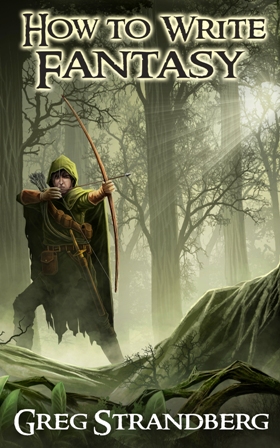


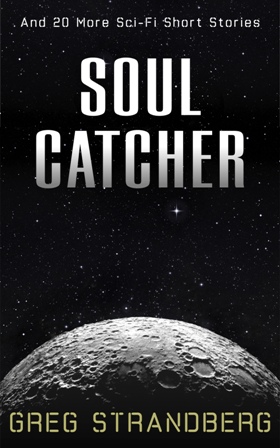
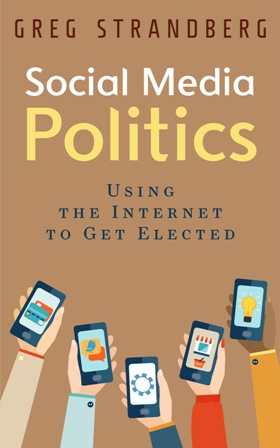


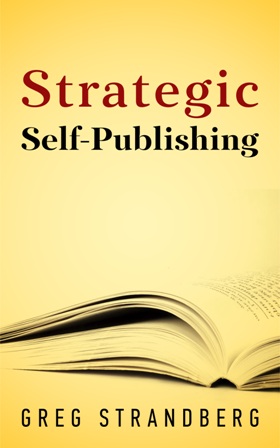

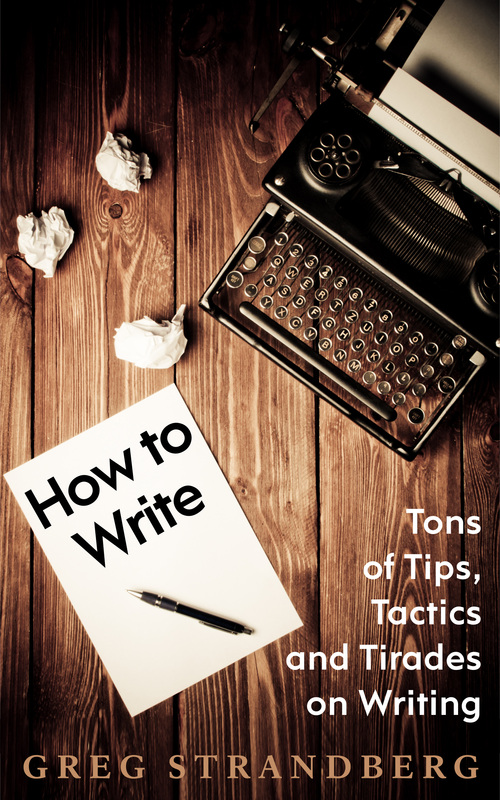
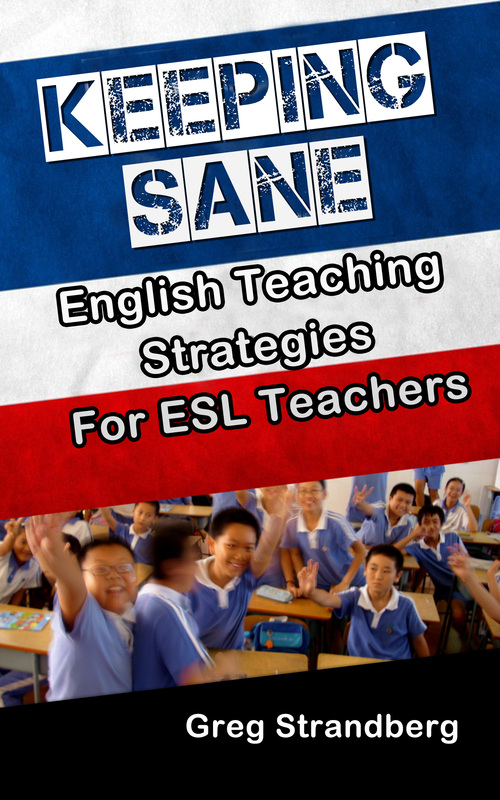



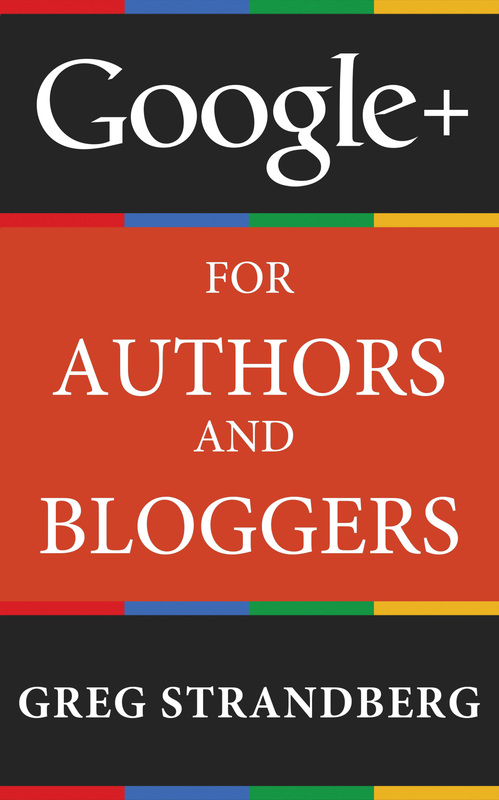







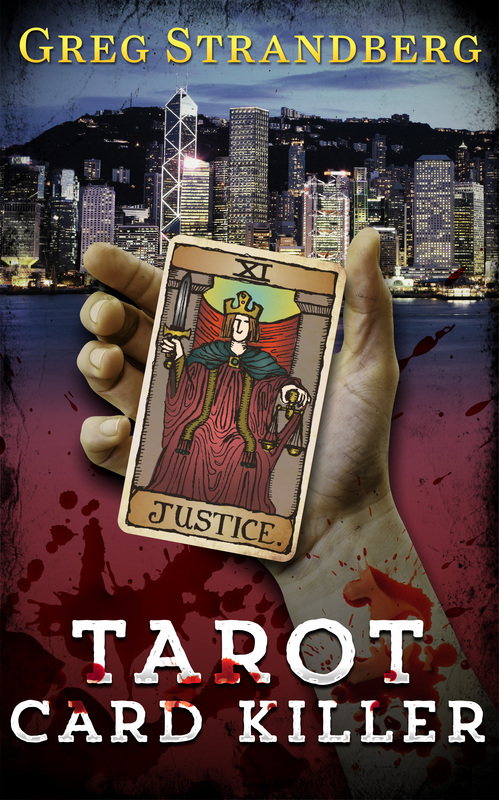
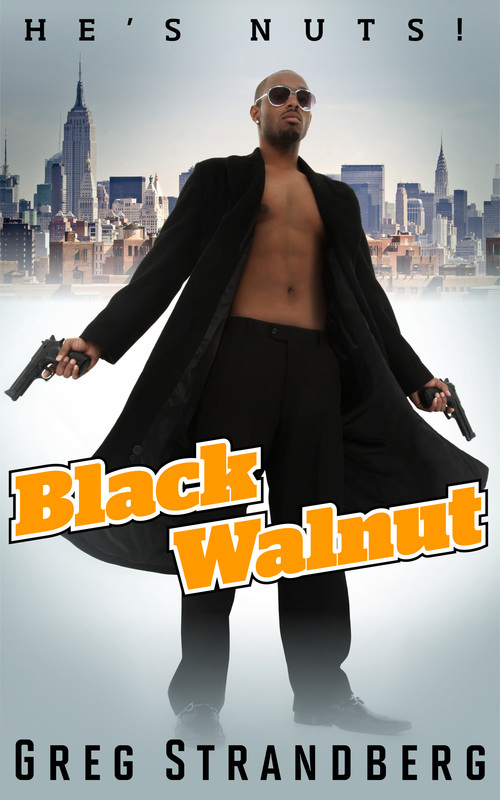


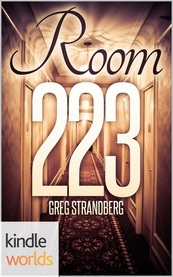



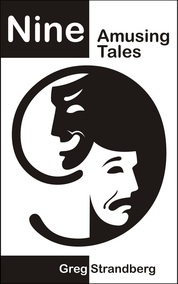
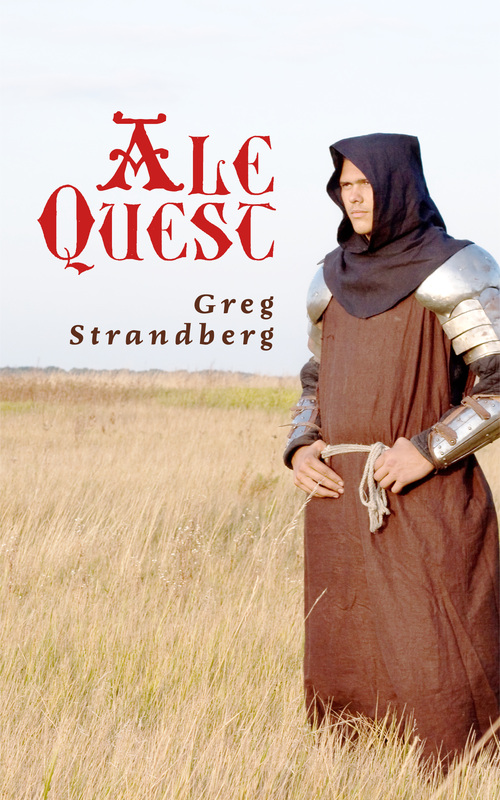
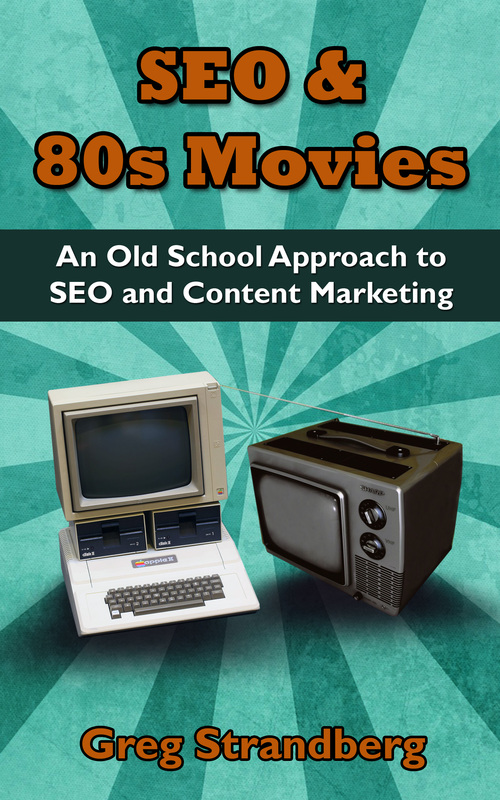



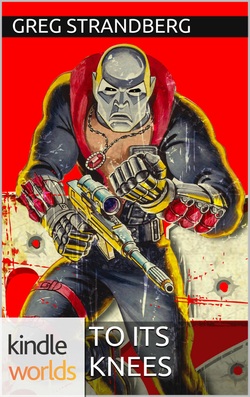


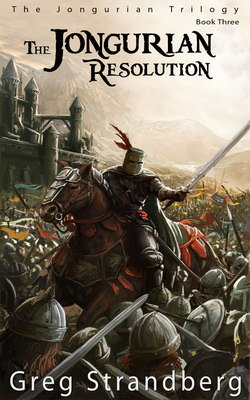



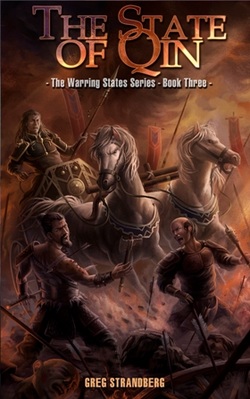
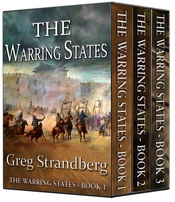
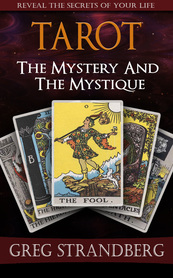
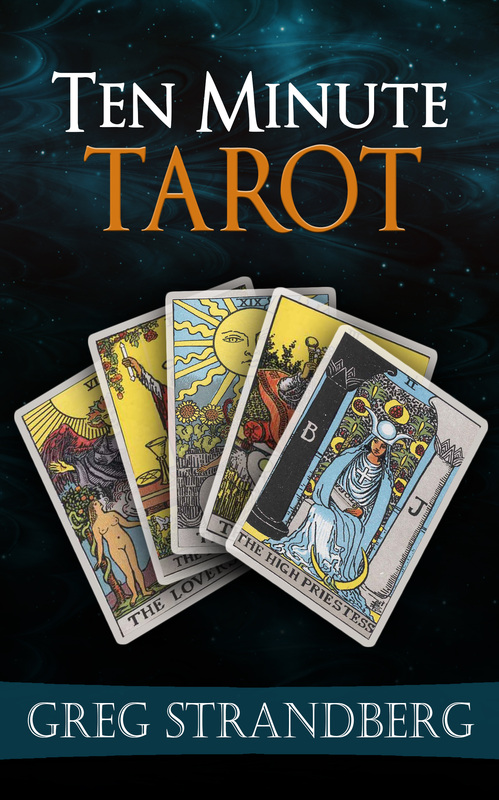
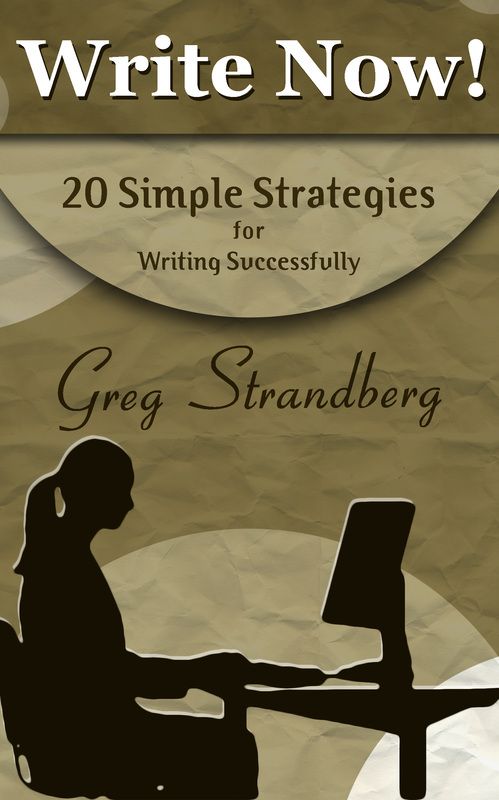



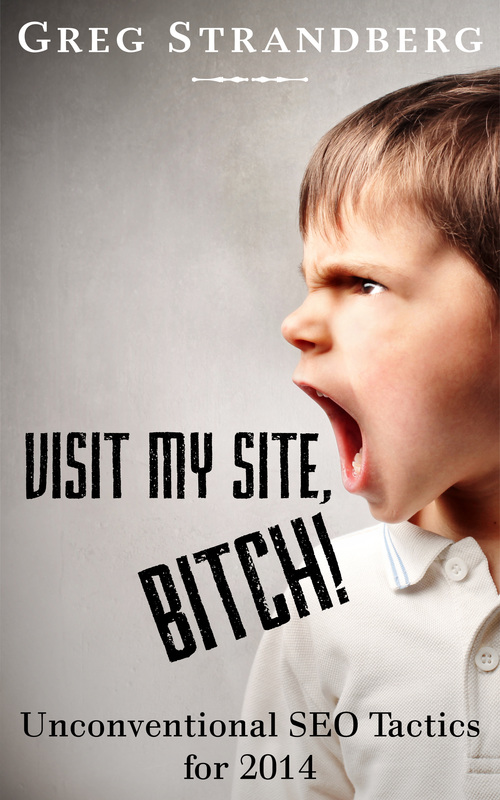
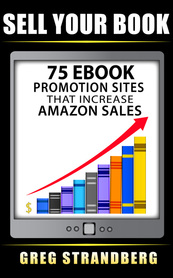
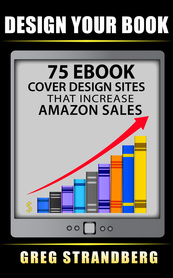
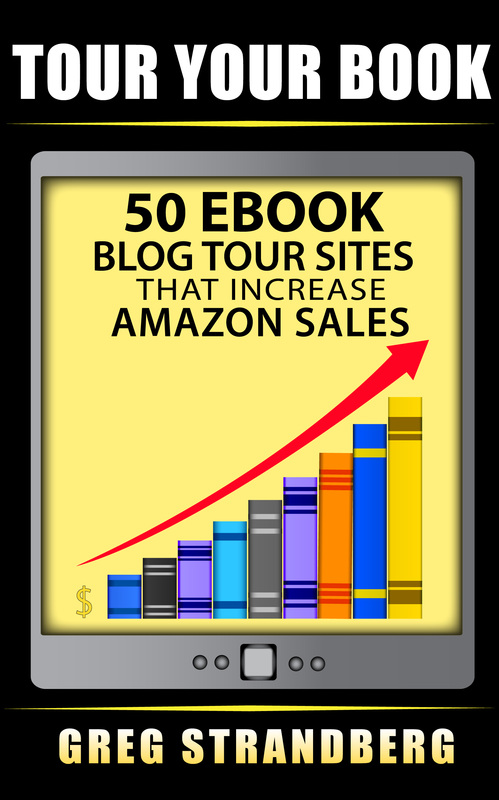






 RSS Feed
RSS Feed